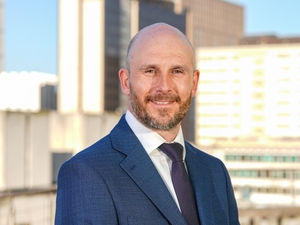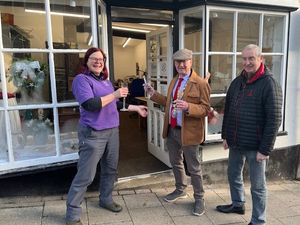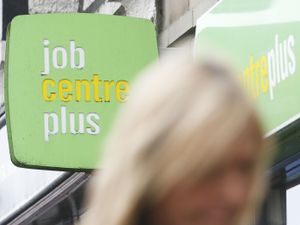Quarter of Shropshire's pharmacies under threat of closure
A quarter of Shropshire's chemist shops could close under government plans to cut subsidies.
The Department of Health says it will cut £170 million in subsidies to community pharmacies during the present financial year.
That puts 23 branches across the county at immediate risk, it was warned today.
Martin Lunt, whose Lunts chain has branches in Shrewsbury, Pontesbury and Craven Arms, said more than 3,000 of his customers had signed a petition calling for a re-think on the cuts.
He said any closures would have a big impact on rural communities in particular, with many people unable to get into the larger towns for their prescriptions.
Mr Lunt said cuts would cost a typical pharmacy branch £15,000 a year.
He said it went against the policy of encouraging people with minor ailments to visit their local chemist, to free up more appointment times with GPs.
"The people of Shropshire have expressed huge concerns over the Government's proposed funding cuts to community pharmacies," he said.
"People are fearful that if these funding cuts go ahead community pharmacies will be forced to close."
The Department of Health has estimated that about a quarter of the UK's 12,000 chemist's shops could shut.
At the moment there are 94 pharmacies across Shropshire, meaning that 23 could be set to close. That figure could be higher because of the rural nature of the county and the fact some pharmacies have a limited customer base.
The Campaign to Protect Rural England and the Countryside Alliance have both spoke of their concern about the impact of pharmacy closures on Shropshire.
CPRE chief executive Shaun Spiers said: "This could be a disaster for country-dwellers who find it hard to get to the nearest big town."
Chief pharmaceutical officer Keith Ridge said the NHS needed to deliver £22 billion in efficiency savings over the next four years.
"We anticipate that the funding reductions will take effect from October this year giving community pharmacies time to prepare for this change," he said.
"The Government believes those efficiencies can be made within community pharmacy without comprising the quality of services or public access to them.
"In some parts of the country there are more pharmacies than are necessary to maintain good access."
Mr Ridge added that 40 per cent of pharmacies were in a cluster where there were there were three or more branches within a 10-minute walk.
He said new technology, such as automated dispensing, also provide opportunity for efficiency savings.
"We want to work with pharmacy bodies and patient groups on how we can best maintain patient and public access whilst pursuing these efficiencies," said Mr Ridge.
A spokesman for the department said he did not know which chemists would close at this stage, because it depended on their individual viability.
He said a "pharmacy access scheme" would take in factors such as location and the health needs of the local population.
It would also provide more NHS funds to the pharmacies people depend upon most, he said.





